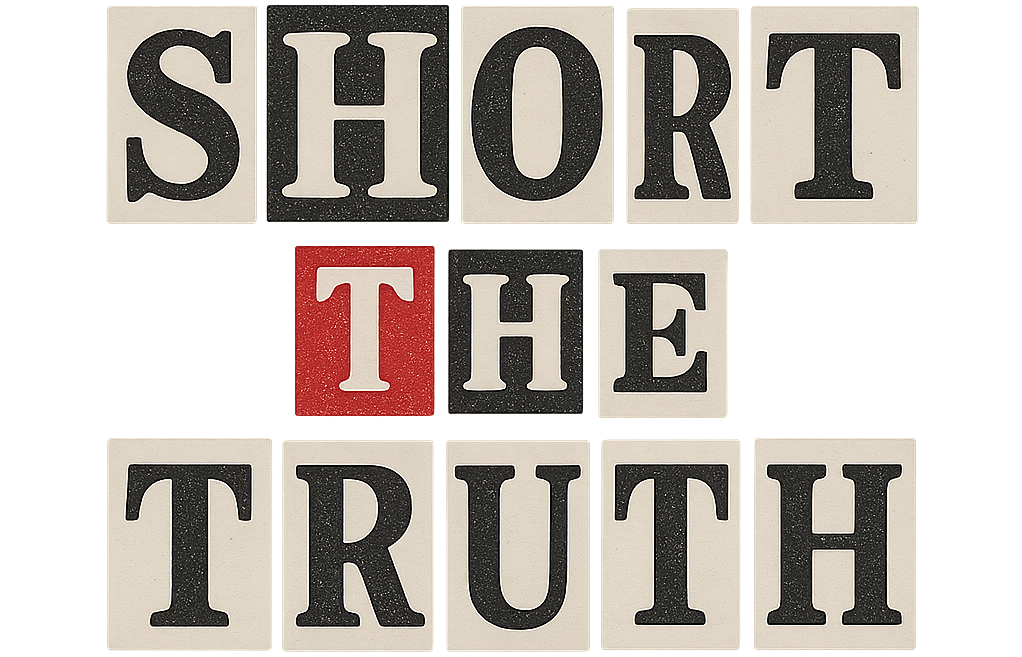Because humanity has never quite learned to mind its own business in space, NASA has decided to send a cosmic calling card aboard the Europa Clipper spacecraft, just in case intelligent life exists on Jupiter’s frozen moon and has a penchant for messages from nosy planetary neighbors.
The spacecraft is set to launch in October 2024 and will carry with it an engraved metal plate, roughly the size of a large pharmaceutical brochure, featuring artwork, scientific data and a symbolic invitation to any lurking extraterrestrials who haven’t already picked up on our radio waves, rovers or general tendency to yell into the void.
The centerpiece of this interstellar note includes a recording of more than 100,000 Earthling voices, all saying “hello” in a unified digital chorus. While there is no guarantee that Europan squid creatures have ears, or indeed anything resembling attention spans, NASA seems hopeful that the gesture will at least break the interspecies ice.
The plate also features an artistic interpretation of a hydrogen atom, the most awkward but widely understood element in the universe, and a pulsar map to pinpoint Earth’s location. Because who wouldn’t want to provide a celestial treasure map directly to their home planet in an age when identity theft is a concern even among humans?
Alongside the cosmic cartography and hydrogen flirtation, there’s also some Leonard Cohen-inspired musical waveform art for good measure. If an alien civilization could decode the waveform, they would be rewarded with a musical representation of “Water is Life” composed by Earth native and Grammy-winning producer Dan Tepfer. No word yet if the aliens will prefer his jazz arrangements over the golden record’s Chuck Berry track.
For those keeping score at home, this is not NASA’s first attempt to phone a friend in the galaxy. From the infamous Voyager Golden Records to the Mars rovers bearing all sorts of cryptic engravings, sending sentimental tokens into space has become something of a beloved tradition for the space agency with a poetic streak and a sizeable budget.
“Our hope is that any beings around Europa might find [this], and if they can interpret it, they’d recognize it as an attempt to reach out and say we’re here,” said project scientist Robert Pappalardo, choosing optimism as his operating mode.
The Europa Clipper mission itself is a rather serious affair, aiming to assess the habitability of Europa by skimming the moon nearly fifty times and peering beneath its icy crust for signs of an oceanic hideaway potentially harboring microbial partygoers. But while its scientific objectives are deeply rigorous, that hasn’t stopped NASA from including a galactic greeting card for good measure, presumably in case the single-celled organisms feel lonely.
In a galaxy where the jury is still out on whether we are alone, NASA has once again slipped a note across the vast cosmic hallway hoping someone, somewhere, will read it and text back.
After all, nothing says “advanced civilization” quite like a mixtape sent to a frozen moon.

